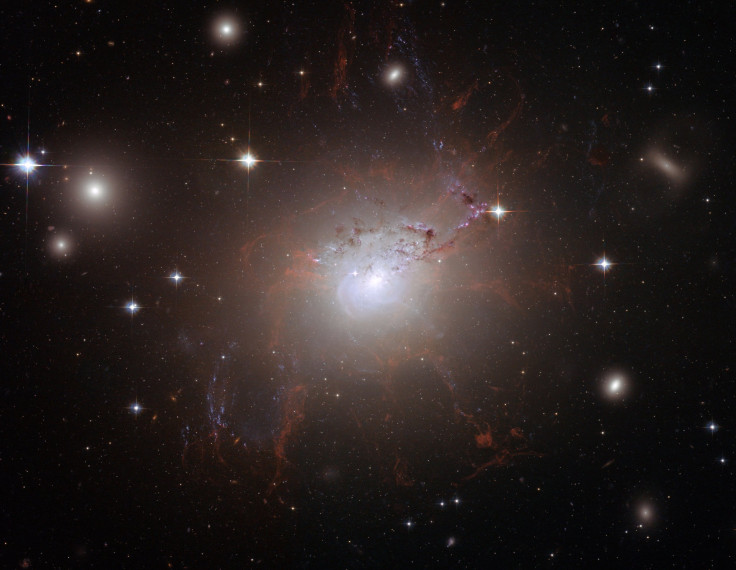
One of the most powerful types of explosions in space has been spotted by two astronomers from Northwestern University's Weinberg College of Arts and Sciences -- paving the way to more discoveries about the science of short-gamma-ray-bursts.
According to a report, the Astrophysical Journey Letters published a discovery on Tuesday documenting the astronomers' observations of the burst.
The experts behind the study are Wen-fai Fong who is an Assistant Professor of Physics and Astronomy, and Kerry Paterson who is a post-doctoral associate at the Center for Interdisciplinary Exploration and Research in Astrophysics, also known as CIERA.
The two captured the afterglow that occurred 10 billion light-years away using the Gemini-North Telescope atop Mauna Kea in Hawaii. Fong said that she did not expect they would discover a distant SGRB because a burst's resulting afterglow normally faints in just a short amount of time.
This makes the discovery remarkable as SGRB181123B is the most distant SGRB with an optical afterglow ever recorded. The astronomers added that their discovery was a labor of love as one will need to be quick in order to observe it.
— UNR planetarium (@UNRplanetarium) July 14, 2020
As detailed, these bursts occur when two neutron stars collide producing an afterglow that would last for only a limited period of time. The astronomers said that the explosion observed occurred at a time when the universe was considered "young" -- approximately, four billion years after the Big Bang. This means that although the SGRB181123B afterglow only lasts mere hours, it was a truly rare occurrence.
An SGRB's explosion is said to create an afterglow that is a million, if not a trillion, times more blazing than our Sun.
The narration of both astronomers confirmed that the SGRB181123B was initially detected by NASA's Neil Gehrels Swift Observatory on Thanksgiving night of 2018. The team quickly responded to the notification and remotely accessed the Gemini telescope that was situated in Chile an Arizona.
Fong surmised that the neutron star pair that caused the collision and the resulting SGRB before contributed to the forming of stars. Meanwhile, Patterson said that their findings may only be the "tip of the iceberg" and informed that she is very motivated her more to continually intensify and more eagerly study past events.
© 2025 Latin Times. All rights reserved. Do not reproduce without permission.




